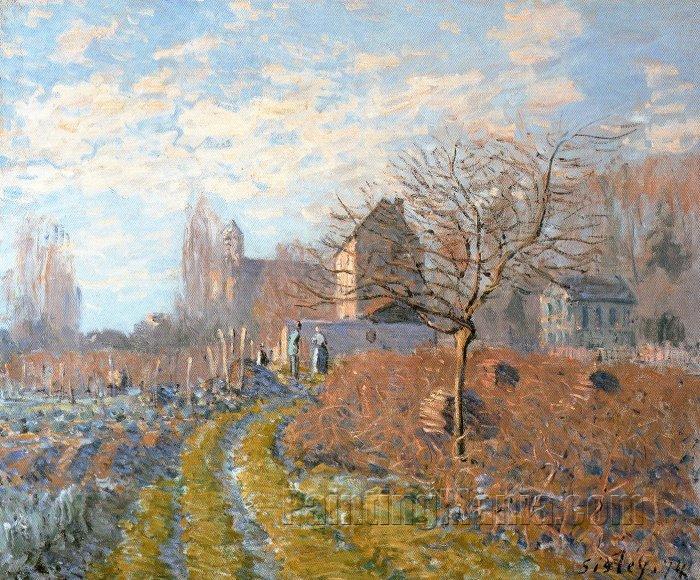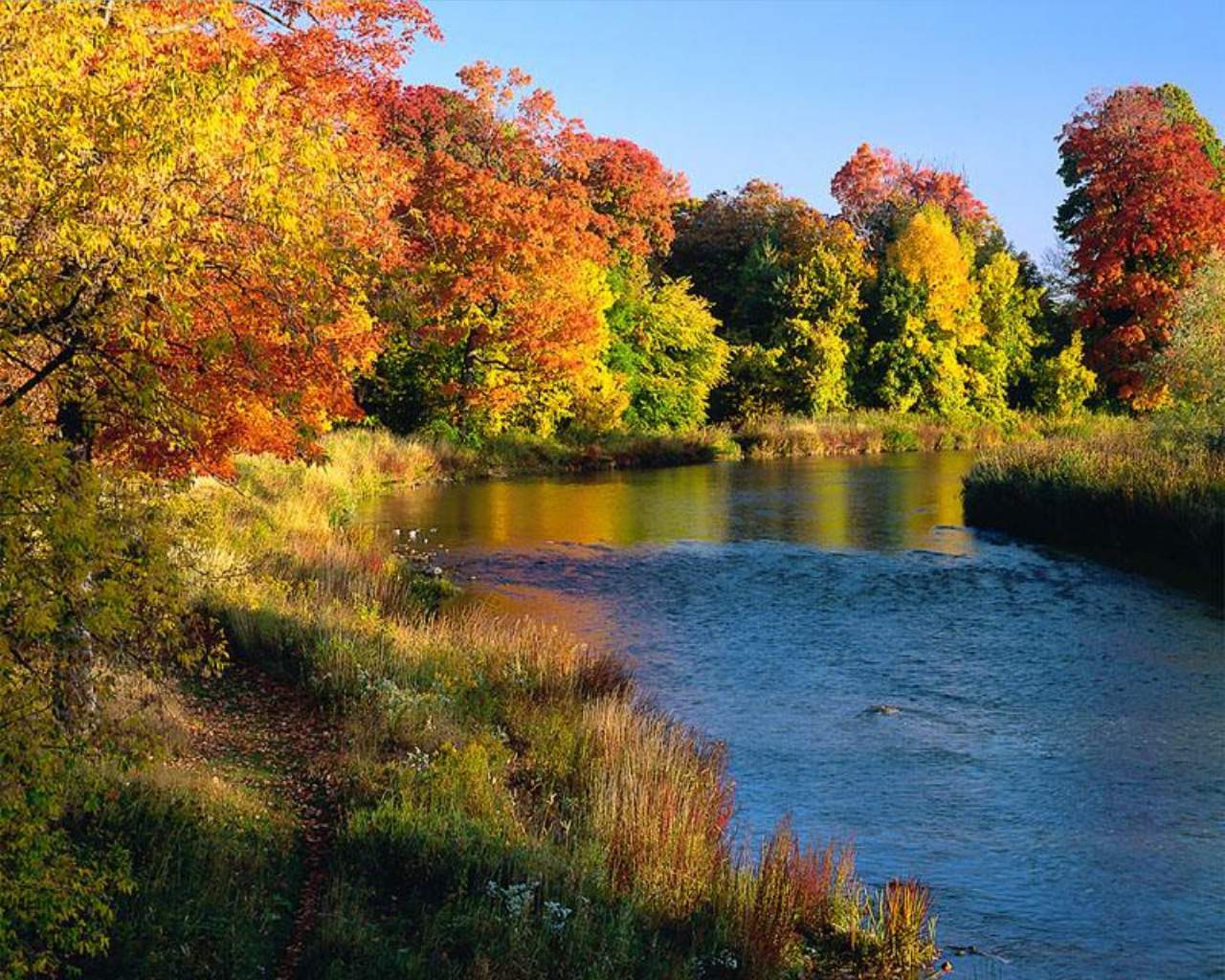This image from the 1851 census is a snapshot frozen in time.
It shows the occupants of a farm next to the Manor House in the little village of Barlby in Yorkshire, England. The head of household and his wife are my 5x great grandparents, Thomas Turner Snr, farmer of 166 acres and Nancy, nee Pattrick, a waterman's youngest daughter from Thorne near Doncaster.
Also at the farm that night are Joseph Vollans, who studied farming and husbandry with Thomas and married his youngest daughter Charlotte. Their children are Mary Ann, Thomas and baby Elizabeth, not yet a year old.
This splendid photo shows Joseph in old age, long after the tragic events that tore the family apart just five years after this census was taken, which he almost certainly witnessed.
 |
| Joseph Vollans 1822-1901 my great great great granduncle |
The other occupants include Charlotte Barrass, my great great grandma aged 15. Her mother, Hannah, was the Turner's fourth child and had married my 3x great grandfather, keelman Samuel Barrass. Life on the keel and waterways affected Hannah's fragile lungs and she died aged just 28 on Christmas Eve 1843, when Charlotte was just 7 and her two brothers even younger. While the boys could survive onboard the boat, Charlotte came to live on her grandparents' farm instead.
The census also shows local born farm servants George Baxter and John Wilson and the house servant, an Irish lass called Mary Wolder.
Next door, Thomas Turner Jr is farming alongside his father. The eldest son William and his wife Helen were farming back in Hatfield Woodhouse near Doncaster, looking after his father's other property. The family had moved north from Hatfield to Barlby when Thomas and Nancy inherited some money around 1829. Most of the household would be forced to return there when tragedy overtook them.
Thomas Jr's wife Mary Ann, nee Sampson, was a sloop owner's daughter from Hull. Her younger sister Charlotte, also living with them on census night, would later marry her brother in law when Mary Ann died young in 1853. Thomas and Mary Ann's children, George, Charlotte, William and Thomas complete the happy family circle gathered round the table in the farmhouse kitchen.
 |
| Modern map of Barlby, often flooded by the River Ouse |
That veneer of happiness and prosperity wasn't to last.
My Dad could not even remember his grandparents' names. There seemed to have been a split in time somewhere. Roots had been rubbed out, stories left untold. Even Dad's oldest living cousins seemed only to have vague memories of my great grandfather Thomas Barrass, a farmer, Charlotte's illegitimate son, born in 1857.
He had never told his children anything of his past. At first I wondered why this settled domestic idyll was something he would be reluctant to recount. Even his own birth, 'out of wedlock' as the saying went, before his parents' marriage, didn't seem fully to account for the information vacuum.
 |
| Brambles and briars in a corner of Barlby churchyard |
On a bleak midwinter Sunday, 27th January 1856, Nancy, aged 66 took a blade and slit her throat.
When I first set eyes on her death certificate, expecting to see she had died quietly in her bed, a shock wave reverberated through every cell of my body. Slowly, as I pieced the truth together, everything began to fall into place.
Since that awful day, the family began to fall apart. They seem to have spent generations moving away from the horror of Nancy's choice and burying the past under layers of silence, like ripples moving out from a deadly stone dropped without warning.
No inquest exists. I still hope one day to uncover some account in a newspaper from the time.
Chillingly, the death certificate was not issued until two months later, in late March. Suicide was a crime and shrouded in shame and superstition back then.
Were widower Thomas and the family under suspicion? Was she found right away? How, where and when was she buried? She was deemed to be "insane in mind". That was the conclusion for almost every suicide. To take your own life was thought to indicate a want of all reason.
No grave exists. Suicides could not be buried in consecrated ground. Back in history, superstition and fear would have them buried at a crossroads with a stake through their heart to prevent the troubled soul's return. The family had to carry this with them all the days of their lives. No wonder they left the village and the pitying, questioning eyes of their neighbours.
 |
| All Saints Church at Barlby - but where is Nancy buried? |
Joseph Vollans' wife Charlotte died shortly afterwards after months of disabling diarrhoea. One of their children ended his days as a young man in Rotherham Workhouse, labelled an imbecile. Other grandchildren emigrated. Those who were left tried to forget and move on as the silence that I inherited deepened with the years.
I've returned to Barlby in recent years and left a circle of white Yorkshire roses around a stone font in the churchyard there. It was my way of trying to show how our family's love and my celebration of Nancy's place in my genes and genealogy is precious and still means the world to me. I think our backs had been turned in shock and grief for a century long enough.


A postscript to this is the strangest thing that has ever happened to me in all the course of tracing my roots. I was invited to go with a local Women's group to Laughton-en-le-Morthen church one summer evening. There was to be talk about the church architecture, all flying buttresses and Green Men. I had no connection to Laughton, so I thought. But I took my digital camera. Light was failing when we arrived. On a whim, the only grave I snapped belonged to Matthew Pearson, of Selby, born in 1784. I took it solely because I knew Selby was close to Barlby where the Turners farmed, and because Matthew Pearson had been born around the same year as Thomas Turner.
 |
| Grave of Matthew Pearson of Selby, the Coroner who attended after Nancy's suicide, unbeknown to me when I took this photo miles away at Laughton-en-le-Morthen near Rotherham |
I thought no more of it. Until a month or so later, when I opened the envelope from the General Record Office containing Nancy's death certificate. I had already been searching for it for years with no luck.
After the shock of the cause of death, the name of the Coroner who investigated the tragedy was what struck me most deeply. It was this very Matthew Pearson, the Selby coroner, whose grave I had captured on film for no reason I could ever have explained till then.
Rest in peace, Nancy. The choices you made, your marriage, your children, even the last sad decision, have helped shape my own story. If I could turn back the clock and the calendar, run back into history, perhaps I would gently try to tell you that tomorrow is another day and help you hope in your own happiness. Tell you it would all turn out right in the end. Perhaps as I left you, I'd whisper in the ears of the rest of the family, to please, please, hide all the knives and razors. But I know and believe you're at peace and your agony long past and healed by love and forgiveness.
You and yours will never be forgotten.
Extracts from my 5x great grandfather Thomas Turner's will:
I respectfully request that my landlords will permit my said son Thomas Turner to continue to occupy the farm which I now rent and occupy of them situate at Barlby aforesaid or in that immediate neighbourhood.
I charge all my real estate situate at Thorne in the said county of York with the payment of the annual sum of five pounds to my granddaughter Charlotte Barrass during her life and I direct that the same shall be paid to her quarterly, the first quarterly payment to be made at the expiration of three months after my decease and I also give and bequeath unto my said granddaughter Charlotte Barrass the whole of my household furniture plate linen and china which may be in my house at Woodhouse at the time of my death for her own absolute use and benefit.
I give and bequeath unto my said son Thomas Turner the whole of my farming stock, implements in Husbandry and valuation in upon and about the said farm which I now occupy at Barlby aforesaid, for his own absolute use and benefit subject nevertheless to the payment of the legacy or sum of one hundred and fifty pounds to my son William Turner which I direct shall be paid by my son Thomas Turner out of my personal estate hereinbefore devised to him and which I direct shall be paid to my said son William Turner within six months after my decease.
 |
| Marriage certificate of Thomas & Nancy's youngest daughter Charlotte to Joseph Vollans |
...and to my five grandchildren the children of my late daughter Charlotte the wife of Joseph Vollans the legacy or sum of fifty pounds each and I direct that in case any of the said legatees shall happen to die before they shall become entitled to the bequests hereinbefore made to them having any child or children then I declare it to be my will and mind that the child or children of any of the said legatees so dying as aforesaid shall take the share or shares of its parent so dying in equal shares and proportions on their severally attaining the age of twenty one years and I direct that in case any of my said legatees or any of the children of the said legatees so dying as aforesaid shall not have attained their said age of twenty one years at the time the bequest hereinbefore made shall become payable to them.
 |
| Thomas Turner's death certificate. The witness was a relative of his daughter Elizabeth, who had married George Chester, a village butcher in Finningley, but predeceased her parents. I cannot find Thomas's grave, either, and wonder if he chose to be buried wherever Nancy was secretly laid to rest? |





















































